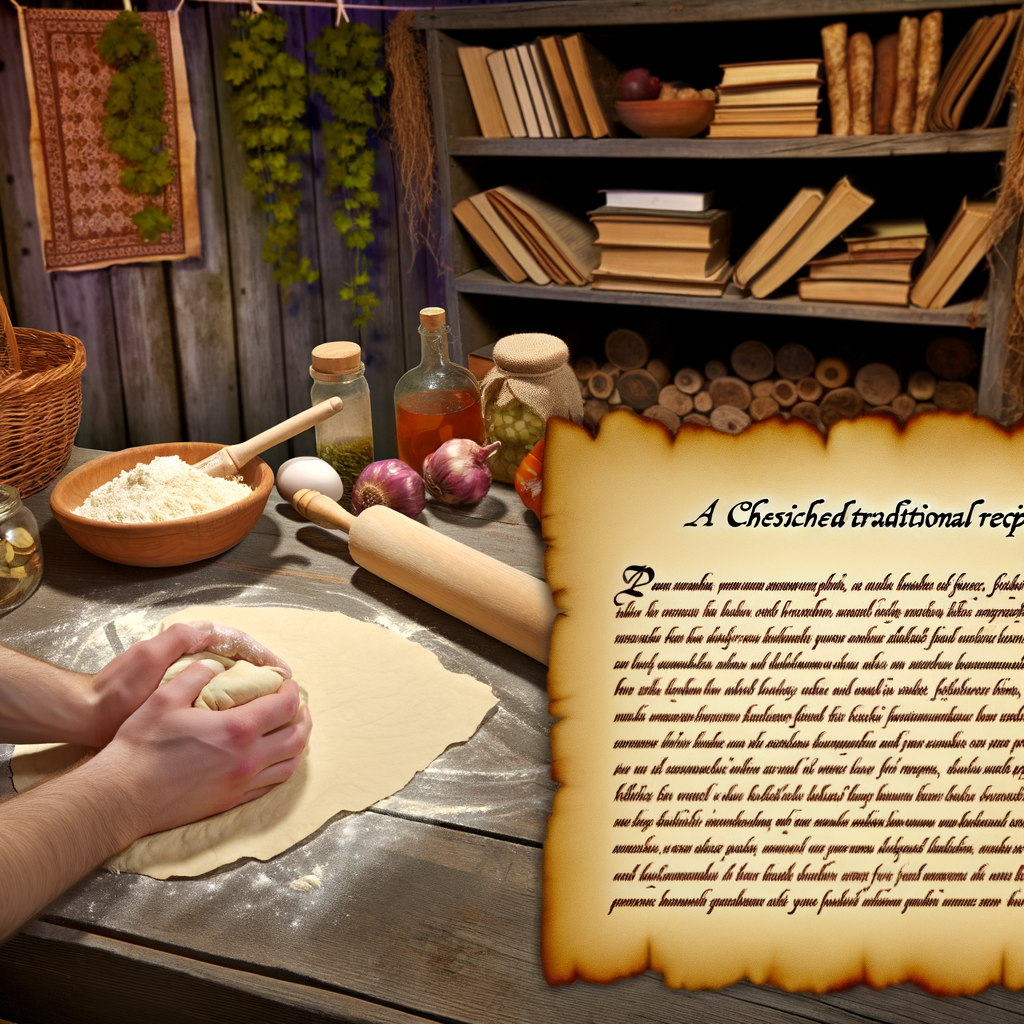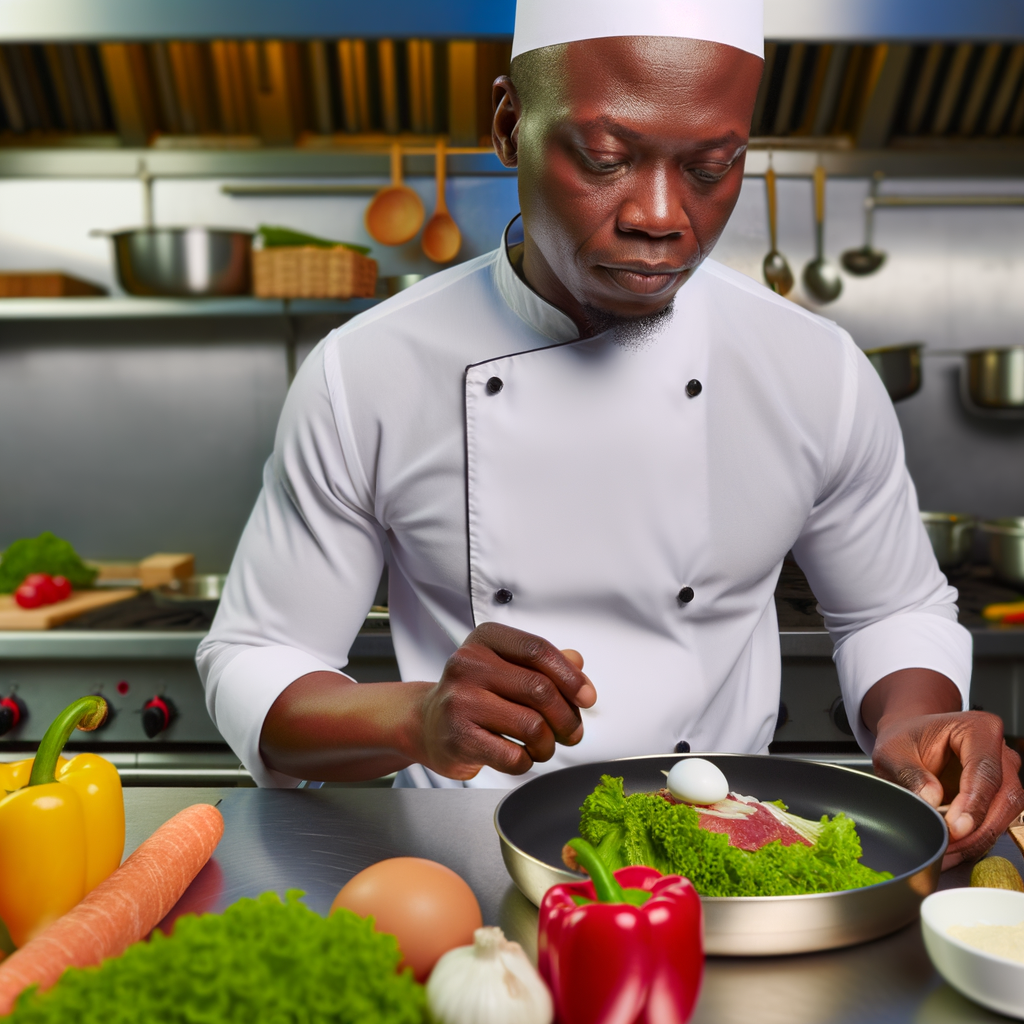Food and culture have always been intertwined in Europe, with each country having its own unique culinary traditions. As an expert chef, I have always been fascinated by the traditional recipes that have been passed down through generations, preserving the rich history and heritage of each region. These recipes not only provide a taste of the past, but also offer a glimpse into the cultural values and customs of the people.
One of the most beloved traditional recipes in Europe is the French dish, Coq au Vin. This hearty stew is made with chicken, red wine, mushrooms, and herbs, and is a popular dish during winter months. Its origins can be traced back to the Burgundy region, where it was originally made with rooster meat, hence the name ‘Coq’ which means rooster in French. This dish represents the French love for using local and seasonal ingredients, as well as their passion for slow-cooked meals that bring people together.
Another iconic traditional recipe is the Italian pasta dish, Carbonara. Made with spaghetti, eggs, guanciale (cured pork cheek), and pecorino cheese, this simple yet flavorful dish originated in Rome during World War II. Its popularity has spread throughout Italy and the rest of the world, with each region adding their own twist to the recipe. Carbonara symbolizes the Italian philosophy of using few but high-quality ingredients, and the importance of enjoying a good meal with family and friends.
From the hearty stews in Germany to the delicate pastries in Austria, traditional recipes in Europe are a reflection of the culture, history, and values of each country. As an expert chef, I am constantly inspired by these recipes and strive to preserve and share them with others, keeping the traditions alive for generations to come.





